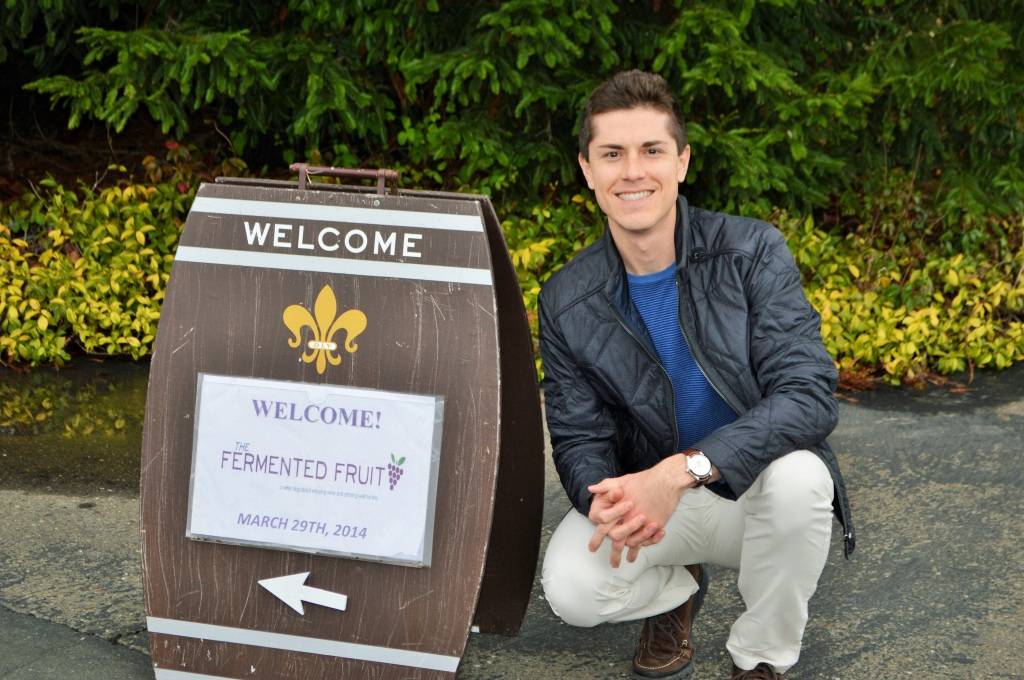 Back in the day it was titled “Public Relations.” Then, somewhere along the line, folks started to call the position “Marketing Communications.” Today, it merely boils down to communicating and the iconic Napa Valley winery Opus One has termed the position, simply, “Communications Manager.”
Back in the day it was titled “Public Relations.” Then, somewhere along the line, folks started to call the position “Marketing Communications.” Today, it merely boils down to communicating and the iconic Napa Valley winery Opus One has termed the position, simply, “Communications Manager.”
Opus One is looking to file the position of “Communications Manager” and by the look of the job description it’s a position that, if filled correctly, then executed upon with gusto and commitment, could easily produce a person who might readily be on the GM track.
Consider the responsibilities built into this position:
• In collaboration with the Vice President of Communications, develop and execute a global Social Media Communications plan.
• Generate and manage all content (images, video, music and written copy). Working with designers, marketing and sales, external influencers and industry experts, produce relevant content that is consistent with the Opus One story and vision, and reflects our core values in social media spaces.
• Collaborate with sales and marketing to ensure consistency of message, and visual harmony across all social media.
• Monitor, listen and respond to users on all social platforms with passion, enthusiasm and decorum.
• Establish effective benchmarks (best practices) for measuring the impact of our social media strategy. Report monthly on effectiveness of campaigns and provide insights for refinement.
• Monitor and stay abreast of trends in global Social Media platforms, SEO, tools, applications, channels, design and strategy.
• Serve as a digital educator and champion for the social community.
• Understand complex CRM systems/data and effectively translate this knowledge into solutions that automate processes and increase our ability to dynamically personalize customer communications and on-site reception.
• Champion the expanded use of CRM. Continually build and maintain the relationship with all partners and stakeholders in the CRM functional area to ensure CRM is at the forefront of everyone’s agenda and solidly defined/interwoven into their planning and daily work routines.
• Identify opportunities and build relationships with prominent influencers and thought leaders in the luxury wine space (trade, distributors and collectors) and with other luxury product producers.
• Work with guest relations and direct marketing to maintain a customer-focused attitude with a focus on activities that create lifetime customers.
• Actively monitor daily newsfeeds for critical trends or breaking news regarding the wine industry or Opus One. Share, comment, or reply as appropriate either directly or through social media channels as appropriate.
• Working with the Vice President of Communications, draft and release press announcements.
• Effectively manage charitable donation requests based on established goals and criteria.
• Develop, coordinate and execute major auction donations as needed.
• Maintain, update, and expand knowledge of viticulture, enology and the Winery by participating in educational trainings offered by Opus One and outside sources.
• Speak knowledgeably about Opus One vintages, representatives, distributors, and retailers to better assist customers in the social community.
• Conduct tours of the winery as necessary and appropriate.
The things that are really missing from this position that a future GM would need to master is finance and personnel management. You also might want someone versed in industry compliance and legal matters, but, frankly, that’s easy enough to learn.
Finally, take note of the fact that this “communications” position does not include media outreach in its description. No doubt Opus One does in fact engage in serious media communications, perhaps even outsourcing it. However, it’s ironic that today, “communications” does not explicitly include media relations. Does this mean that social media outreach and media outreach are two entirely different things. You bet it does. The latter scares most people, while the former is often seen as an entirely different skill.
The beauty of this type of “communications” position is that it puts you in touch with and forces collaboration with members of an organization’s team located in all departments. The reason for this is that industry and consumer expectations are such that each level of a company must in some way be accessible. Additionally, the expertise lodged within each department of a company like Opus One has to be understood and viewed as a public asset; as a potential and likely spokesperson that can help the company communicate with and reach out to various sectors of the industry and public.
The Opus One Communications Manager job is an absolutely plum position for anyone thinking they want a long-term career in the wine industry. And the reach of Opus One into the three-tier channel, the DTC channel and into the web of the Napa Valley wine industry community gives the successful candidate remarkable exposures throughout the industry.
If I were 5-10 years into a career in marketing in the industry and wanted more of the same, I’d throw everything I had at obtaining this position.

